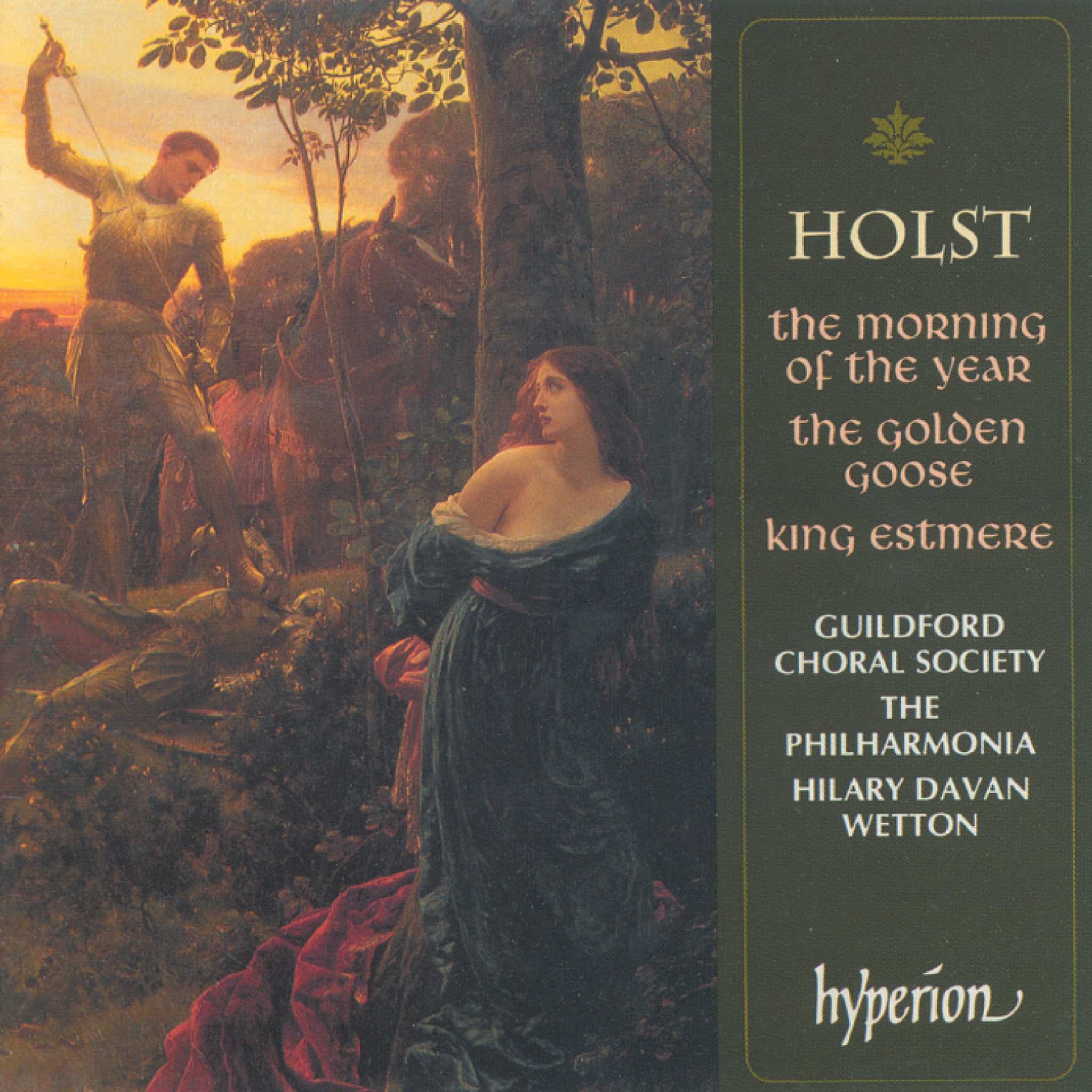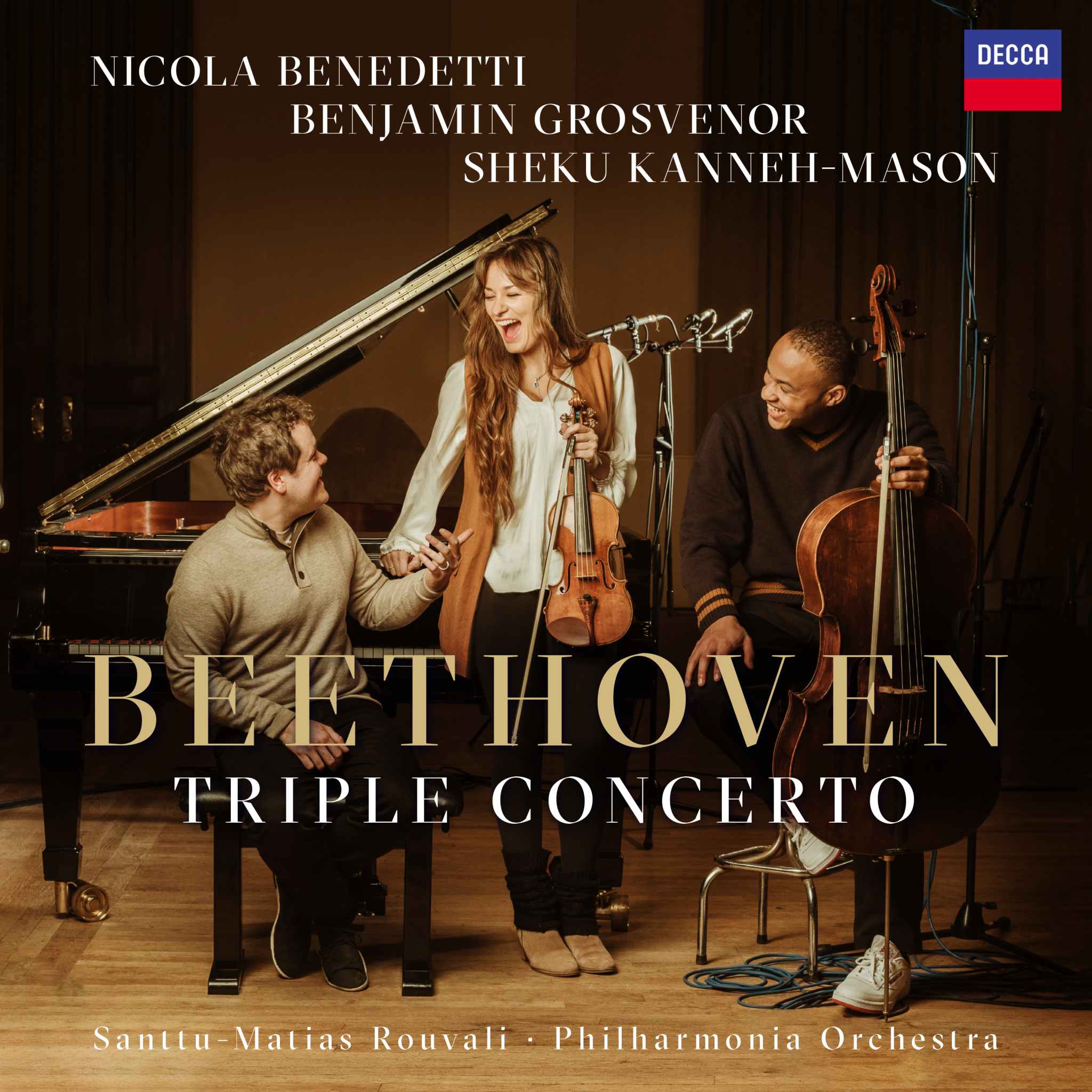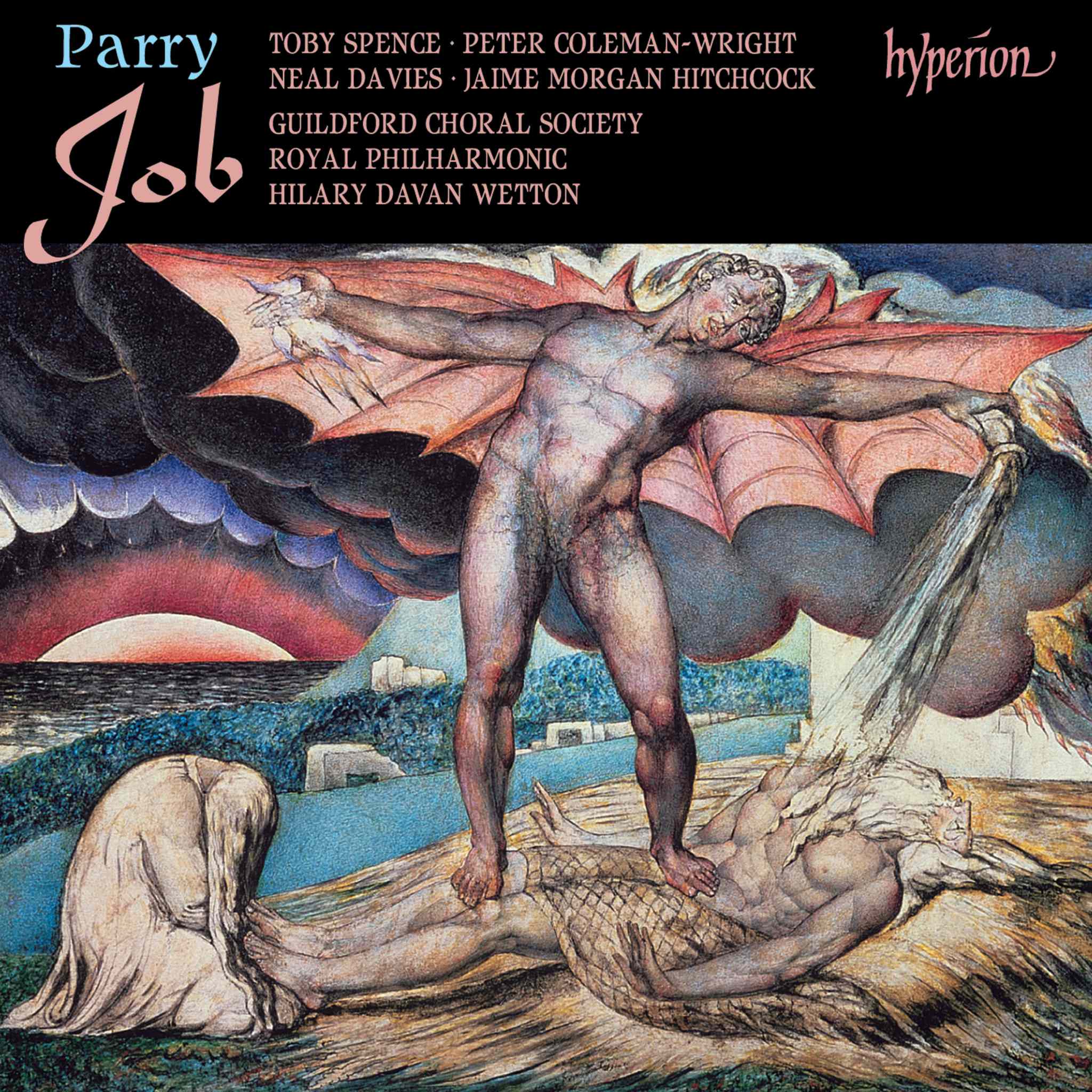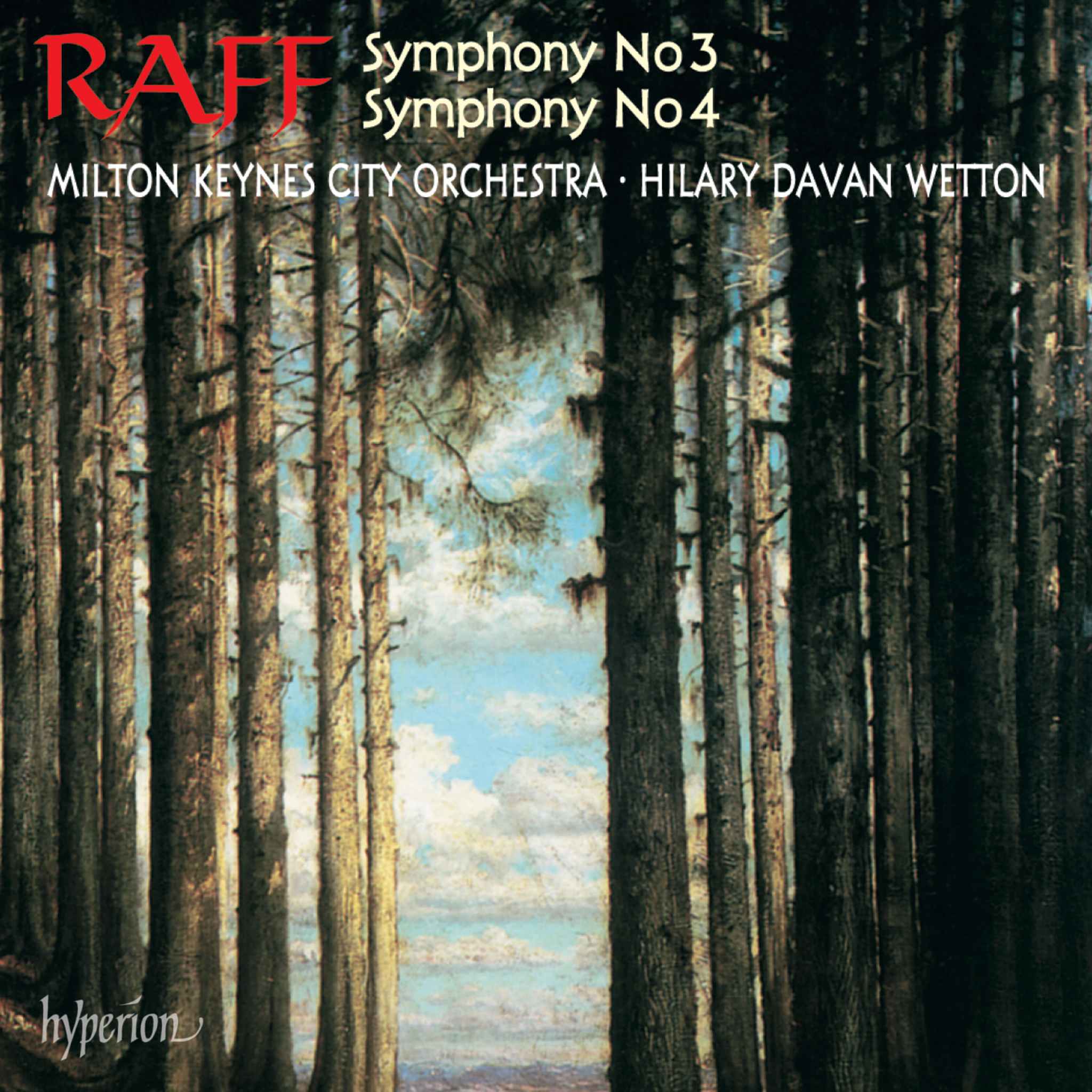Album insights
During the 1620s, Venetian sacred music underwent a sudden and drastic transformation, replacing Giovanni Gabrieli's polychoral style with a remarkably different idiom. The focus shifted from generous compositions for divided choirs to a few solo voices, and lavish ensembles of brass and strings were replaced by smaller groups mainly consisting of string instruments. The new concertante style emphasized virtuosity over grandeur, drawing influences from secular music, including opera. This musical shift was further developed by Monteverdi and his contemporaries in the 1630s and 1640s, remaining relevant through the 1680s during Giovanni Legrenzi's tenure at St. Mark's. The presented recording provides an overview of this rich and lesser-known repertoire, highlighting music for a male alto soloist with strings. Notably, Venetian churches, similar to other parts of Italy, employed castrati and falsettists rather than boys for singing high church parts, resulting in a wealth of material suitable for today's countertenors.
Alessandro Grandi played a significant role in introducing the new style at St. Mark's. Likely born in Ferrara, he joined the church choir in 1617 and pioneered the motet for solo voice with violins, incorporating secular idioms. Grandi's compositions like "Amo Christum" creatively blended dance-like bass ostinatos with text reminiscent of secular love poems. Francesco Maria Marini, although little known, displayed connections to Venice through his music style. His elaborate setting of the hymn "Jesu dulcis memoria," structured as a through-composed piece, captures varied emotional nuances in each verse musically. Dario Castello's vocal work "Exultate Deo" is a distinctive piece showcasing the typical mixed meters of the 1620s through its unpredictable rhythmic blend of twos and threes.
Monteverdi's "Pianto della Madonna" remains a perplexing work, adapting the lament from his lost opera "Arianna" into a Latin setting. The piece, featured as part of the "Selva morale" collection, exemplifies a unique adaptation method common during that period. Moving on, Giovanni Antonio Rigatti and Giovanni Rovetta emerged as prominent composers at St. Mark's, following Monteverdi's legacy. Rigatti's mastery of Monteverdi's style is evident in his psalms settings, creatively employing instrumental ritornellos to structure distinct vocal sections. Rovetta, like Rigatti, spent his career at St. Mark's, succeeding Monteverdi as Maestro di cappella in 1644, and his lush "Salve Regina" setting reflects a more modern use of instruments melding with vocal lines.
The instrumental pieces showcased here illustrate developments in Italian sonatas from the 1620s to the 1650s. Marini's "Sonata per sonar con due corde" embodies virtuosic violin techniques in a single expansive movement, while Legrenzi's "Sonata 'La Pezzoli'" presents conventional yet melodically effective sections, typical of the mid-17th century. Rosenmüller's "Ascendit Christus in altum" represents a musical evolution with simplified and clarified musical themes, featuring a cheerful triple-meter section framing a short recitative and strophic aria in duple meter. Despite being German, Rosenmüller's work fits within this program scope owing to his extended residence in Venice before returning to Germany to achieve musical recognition.








